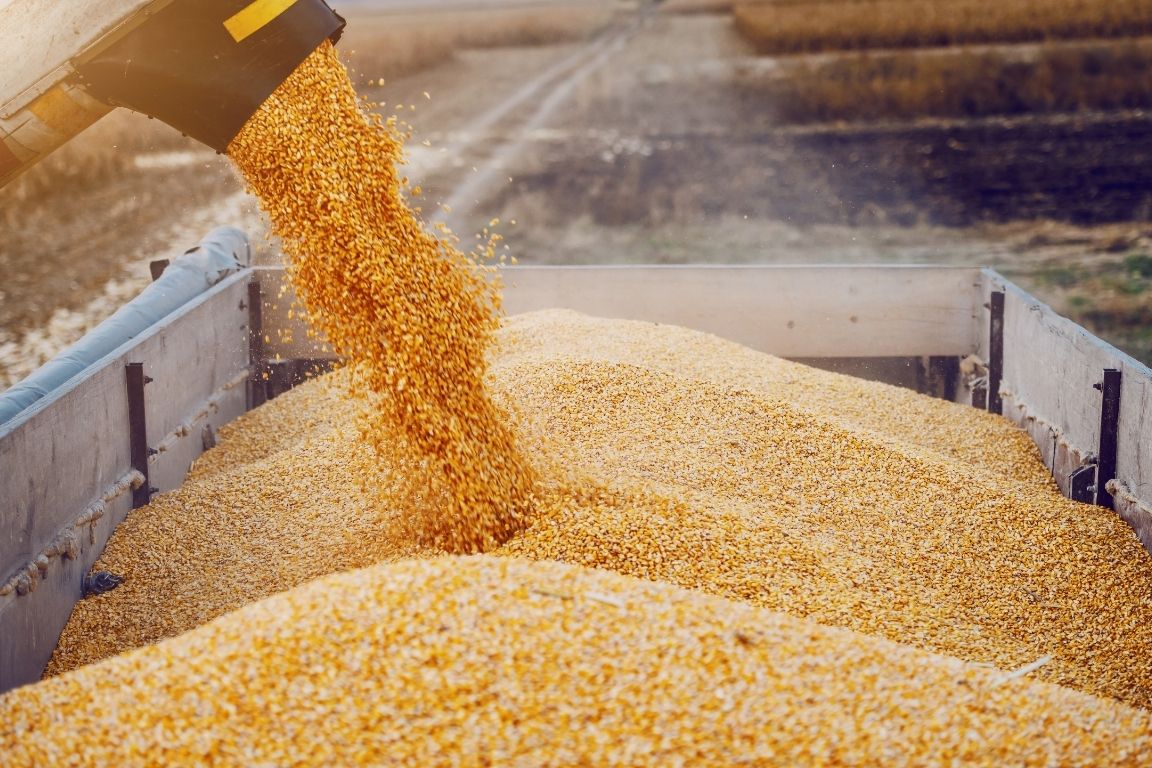If your manufacturing facility handles grain on a regular basis, it’s important to be aware of all the essential safety protocols. While grain on its own is light and seemingly harmless, large loads of it can be incredibly dangerous under the wrong supervision.
By learning the ins and outs of how to minimize safety hazards when handling grain, you can keep employees safe and productive during work hours.
Prevent Employees From Entering Bins When Powered Equipment Is Operational
Powered equipment such as augers can be an integral part of the grain handling process. However, if you leave any powered equipment in operation while an employee is inside the grain storage bin, it can have deadly consequences.
If an employee is on top of the grain while it is being moved from the storage unit, it can lead to “engulfment.” If you’re unaware of what engulfment is, it occurs when an employee falls into the grain and becomes quickly trapped below.
If an employee is in there long enough, they can suffocate. To prevent a scary situation like this, always shut down and lock down powered equipment when employees are entering grain storage bins.
Ensure Storage Bins Are Regularly Cleaned
A lack of regular cleaning in grain storage bins can promote the excessive accumulation of dust. If dust is continuously allowed to accumulate on the equipment, floors, and other nearby areas, it swiftly becomes a major fire or combustion hazard. Dust looks harmless enough, but it is dangerous to inhale and susceptible to ignition.
This is why it’s crucial to carefully plan and enforce the right cleaning protocols in accordance with your specific storage bin and dust characteristics. In doing so, you’re making a big dent in the hazardous potential of grain dust.
Install a Suitable Dust Collection System
As you’ll learn when researching how to minimize safety hazards when handling grain, you must successfully prevent the dangers of dust in multiple ways. As previously mentioned, excessive dust accumulation is a major combustion hazard. To minimize the likelihood of such an accident occurring, never allow employees to handle grain if there is no dust collection system in place.
Dust collection systems are arguably your best tool for keeping the air, equipment, and surrounding area free of intense dust accumulation. Dust collectors don’t negate the requirement of regular cleaning but, in tandem, these two tasks can do wonders for workplace safety. However, in order to ensure the dust collector works to the best of its ability, plan ahead for the routine maintenance it requires.
While these techniques are crucial, you should still take the time to look into all the specific OSHA guidelines that pertain to handling and storing grain. By following each guideline year-round, you greatly minimize the chance of injuries and even death occurring in your facility.











